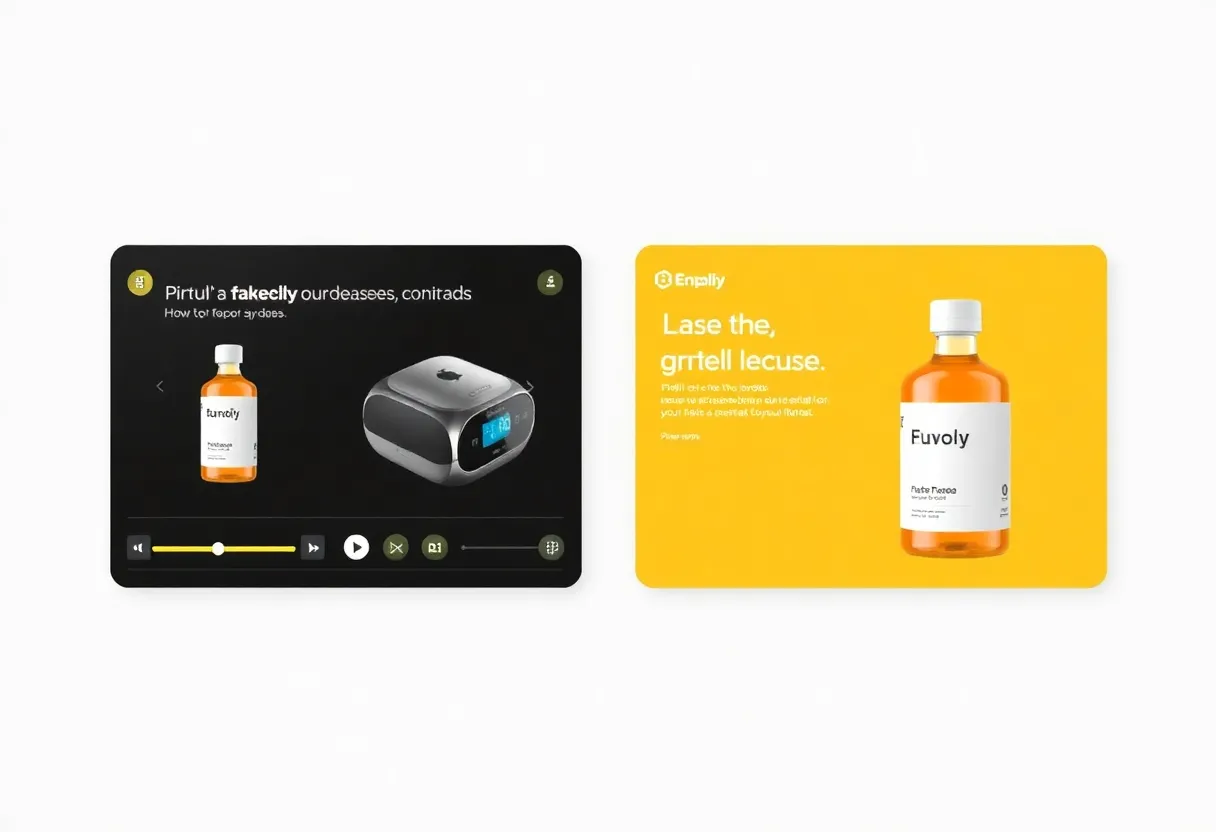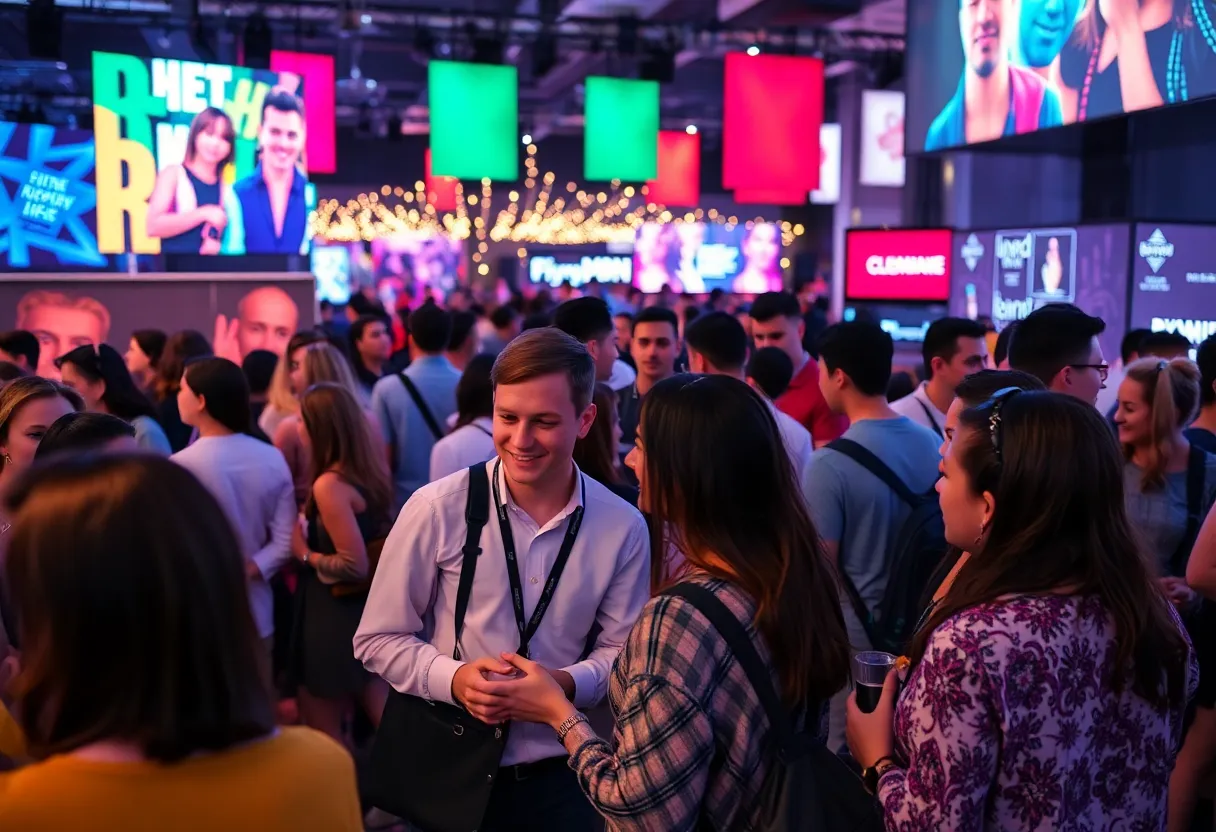How Can You Use Augmented Reality to Transform Your Digital Marketing Campaigns?
In recent years, augmented reality (AR) has emerged as a powerful tool in the realm of digital marketing. This technology blends digital content with the real world, allowing brands to create engaging and interactive experiences that capture consumer attention. As consumers demand more immersive experiences, businesses need to adapt and pivot their marketing strategies. This article explores how you can leverage AR to revolutionize your digital marketing campaigns.
Understanding Augmented Reality
Before diving into its applications, it’s essential to grasp what augmented reality entails. AR overlays digital information—such as images, video, and sound—onto the real world. This can be accessed through devices like smartphones, tablets, or AR glasses. The essence of AR lies in enhancing user experiences rather than substituting reality, which differentiates it from virtual reality.
Enhancing Customer Engagement
One of the significant benefits of incorporating AR into digital marketing is the enhancement of customer engagement. Traditional marketing methods often struggle to capture attention in our information-overloaded environment. AR offers marketers an innovative solution.
Interactive Product Demonstrations
AR allows companies to provide interactive product demonstrations that enable potential customers to visualize how a product works in real-time. For example, a furniture retailer can enable customers to see how a piece of furniture would look in their space through their smartphones. This level of interactivity not only captures attention but also facilitates decision-making, leading to higher conversion rates.
Gamification of Marketing Campaigns
Incorporating gamification elements in marketing campaigns through AR can significantly boost customer participation. Consumers are more likely to engage with brands that offer unique experiences. An AR scavenger hunt, where users find virtual items in real-world locations, adds a layer of fun. This strategy encourages sharing on social media platforms, organically increasing brand reach.
Building Brand Loyalty
AR can aid in nourishing brand loyalty by enhancing the customer experience. When consumers can interact with a brand in a meaningful way, they are likely to develop stronger connections. Here’s how AR achieves this:
Personalized Experiences
AR technology can create personalized shopping experiences. When users can customize products in real time—like changing colors or features—they feel more in control of their purchase. This personalization fosters a sense of connection to the brand, making customers more likely to return. By using AR to tailor the shopping experience, brands can significantly enhance customer satisfaction.
Creating Memorable Experiences
Memorable experiences lead to customer retention. AR campaigns can create unforgettable moments. For instance, brands can offer AR experiences that relate to a product’s story or heritage. Such storytelling resonates with customers, engendering loyalty and repeat purchases.
Increasing Sales and Conversion Rates
Investing in AR marketing campaigns can lead to increased sales and conversion rates. In a landscape where e-commerce is booming, AR can serve as a bridge between online shopping and the tactile experiences of brick-and-mortar stores.
Reducing Purchase Uncertainty
Consumers often hesitate to buy products online due to uncertainty about how they will look or function. AR addresses this issue head-on by allowing users to interact with products virtually before making a purchase. This reduction in uncertainty not only boosts consumer confidence but also lowers return rates, benefiting businesses in the long run.
Showcasing New Products
AR can be instrumental in product launches. Brands can create buzz by giving consumers a sneak peek of upcoming products through AR experiences. This first look generates excitement, encouraging consumers to discuss and share the new product on social media, leading to organic marketing.
Utilizing Social Media for AR-Driven Campaigns
Social media platforms are increasingly integrating AR features, making them prime channels for implementing AR marketing campaigns. Corporations can reach a wider audience through AR-enhanced ads, filters, and effects on platforms like Instagram and Snapchat.
Augmented Reality Filters
Creating AR filters that allow users to interact with a brand in a fun, engaging way can increase brand visibility. For instance, a cosmetics company can create a filter that lets users try on virtual makeup. Such engagement often leads to user-generated content as customers share their AR experiences on social media, thereby promoting the brand.
Influencer Partnerships
Partnering with influencers who utilize AR in their content can amplify reach and engagement. Influencers can create unique AR experiences tied to products through their platforms, creating buzz and fostering user interaction. The combination of influencer credibility and AR engagement forms a powerful marketing partnership.
Challenges and Considerations
While AR offers numerous advantages, implementing it in marketing campaigns is not without challenges. Businesses must consider the following:
Technological Limitations
Not all consumers have access to advanced AR technology. Brands need to consider inclusivity and ensure their campaigns are accessible to a broader audience. Developing lighter AR experiences that work on standard smartphones can help bridge this gap.
Investment Costs
Creating quality AR content can be costly and time-consuming. Businesses must assess whether the potential return on investment justifies the initial expenditure. For smaller brands, starting with simpler AR experiences may be a prudent way to gauge effectiveness before allocating larger budgets.
Measuring Success
Tracking the performance of AR marketing campaigns is crucial for determining their success. Utilize the following metrics:
Engagement Rates
Monitor how users interact with AR experiences, including session length, frequency of use, and sharing behavior. High engagement rates can be indicative of a successful campaign.
Conversion Rates
Keep an eye on sales generated from AR experiences. Understanding the correlation between AR engagement and conversions will help in measuring effectiveness. Moreover, tracking customer retention rates can provide insights into long-term success.
Conclusion
Augmented reality is transforming digital marketing, offering brands unique ways to engage, retain, and convert customers. By enhancing customer experiences and providing interactive opportunities, AR can be a game-changer for businesses looking to differentiate themselves in a competitive landscape.
Adopting AR technology in marketing efforts requires a thoughtful strategy, balancing innovation with accessibility. As AR continues to evolve, brands that stay ahead of the curve stand to benefit significantly in capturing consumer attention and driving sales.
Author: STAFF HERE NOVI WRITER
The NOVI STAFF WRITER represents the experienced team at HERENovi.com, your go-to source for actionable local news and information in Novi, Oakland County, and beyond. Specializing in "news you can use," we cover essential topics like product reviews for personal and business needs, local business directories, politics, real estate trends, neighborhood insights, and state news affecting the area—with deep expertise drawn from years of dedicated reporting and strong community input, including local press releases and business updates. We deliver top reporting on high-value events such as Motor City Comic Con, Michigan State Fair, and Novi Home and Garden Show. Our coverage extends to key organizations like the Novi Chamber of Commerce and Novi Community Foundation, plus leading businesses in automotive, technology, and manufacturing that power the local economy such as Gentherm, Stoneridge, and Daifuku North America. As part of the broader HERE network, including HEREDetroitMI.com, HEREGrandRapids.com, HERENorthville.com, and HEREPlymouth.com, we provide comprehensive, credible insights into Michigan's dynamic landscape.






